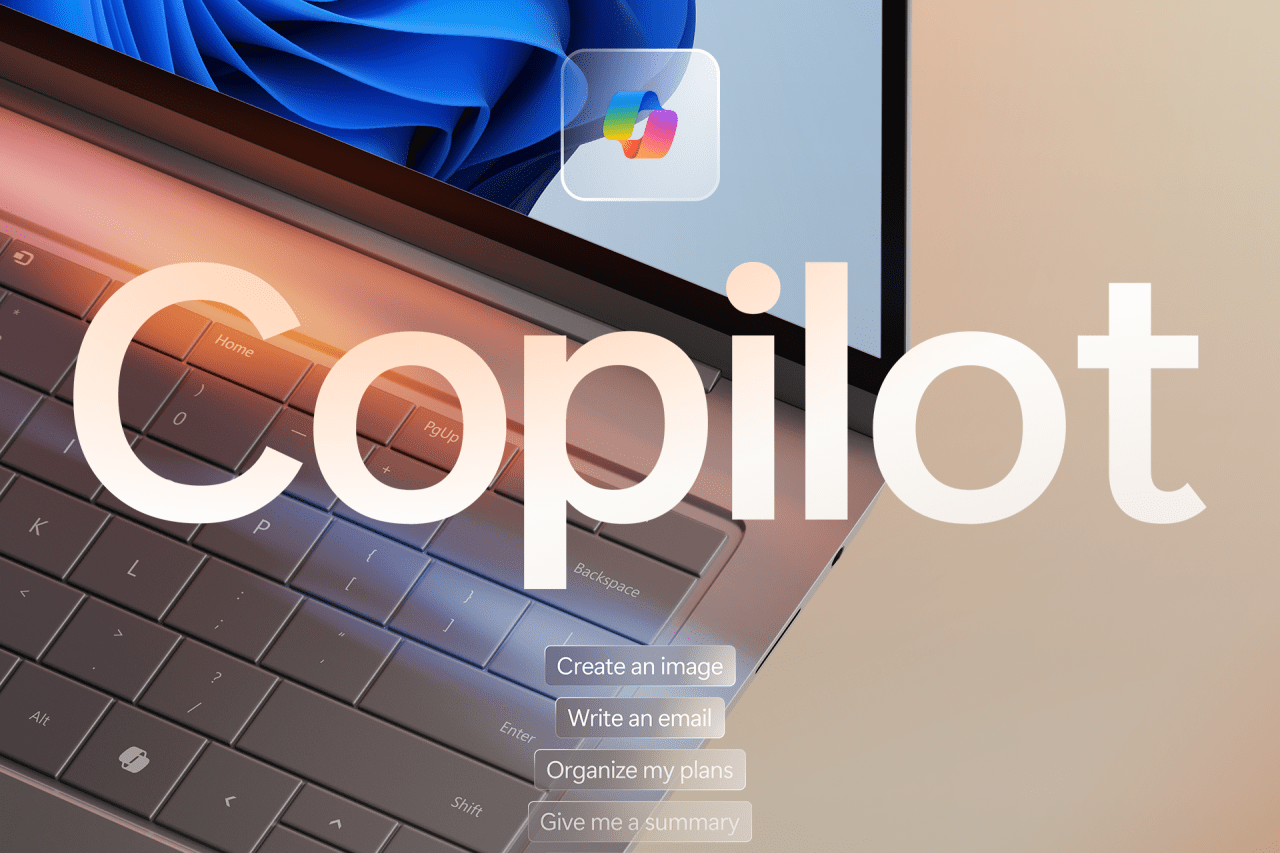The landscape of artificial intelligence is evolving at breakneck speed, making it tough for even the most attentive observers to keep pace. In this exciting week, Microsoft has unveiled a groundbreaking feature in its keyboard layout that promises to change how users interact with technology. Enter: the “Copilot” key. This unique addition marks the first significant alteration to the Windows keyboard design in three decades, and it has ignited conversations around the future of user interfaces in the AI domain. Let’s dive into Microsoft’s bold move, discern its implications, and explore other noteworthy developments in AI from the past week.
The Copilot Key: A Bold Move Towards AI Integration
With the introduction of the dedicated “Copilot” key, Microsoft is clearly signaling its serious commitment to integrate AI into everyday computing. This new key replaces the right Control key, allowing users to summon Microsoft’s AI-powered assistant with a single touch. Set to appear on new laptops and keyboards as early as late February, this initiative emphasizes the company’s ambition to dominate both consumer and enterprise segments of the AI market.
But the key’s value begs the question: Do users genuinely seek an AI shortcut? As companies grapple with extracting tangible returns from AI innovations, Microsoft is betting heavily on the premise that readily accessible AI functionalities will drive user demand.
Learning from Rivals: Success Stories and Lessons
- OpenAI’s Remarkable Growth: OpenAI, the parent company behind the well-known ChatGPT, reported an astonishing $1.6 billion in annualized revenue. Its success showcases that while progress in the AI sector can be challenging, there are instances where innovation translates to profit.
- Prospering Beyond Investments: Midjourney, another standout in generative art, has managed to remain profitable without ever accepting outside funding, proving that sometimes, organic growth is more sustainable than exponential investment.
Microsoft, alongside its partners AMD and Intel, aims to transition AI processing capabilities from data centers to local silicon. This shift could lead to an era of commoditized AI, which might benefit end-users significantly. Yet, as evidenced by other companies facing the high costs of cutting-edge AI management, market traction is not guaranteed.
Examining Human Perception and Machine Learning
Interestingly, research from Google DeepMind reveals an intriguing intersection between AI and human perception. An experiment demonstrated that minor adjustments to images could lead observers to incorrectly label an ordinary flower as more “catlike.” This surprising outcome highlights our inherent perceptual biases and the possibility that subliminal cues can influence our interpretations, shedding light on potential safety concerns in AI applications.
Furthermore, a study from MIT explored how machine learning could reshape our understanding of language processing in the human brain. By analyzing how simple versus complex sentences activate different areas in the brain, researchers developed a model that could predict cognitive load from linguistic challenges, significantly contributing to the intersection of neuroscience and AI.
New Interfaces: Bridging the Gap Between AI and Humans
With AI applications growing in complexity, researchers at Ohio State University have developed SeeAct, an innovative system aimed at enhancing language models’ understanding of actions in real-world contexts. This development represents a crucial step toward enabling AI systems to better navigate user interfaces and perform tasks with higher accuracy, though the road to achieving consistent success remains lengthy.
Innovative Solutions in Autonomous Technology
A fascinating development in autonomous ships has emerged from Korea’s Maritime and Ocean University. They designed a sophisticated pathfinding model capable of simulating ship movements in response to unpredictable ocean conditions. By simulating wave actions and their effects on vessels, this model aims to enhance the navigational capabilities and energy efficiency of autonomous marine transport systems, showcasing the multifaceted applications of machine learning.
Conclusion: The Road Ahead for AI and Its Applications
As Microsoft takes bold steps into integrating AI directly into our everyday tools, it remains critical to gauge the market’s reception. While the Copilot key could redefine user interactions with AI technologies, the actual demand will determine its success. The stories of various AI research projects and companies from this past week illuminate the considerable strides being made in the AI landscape. From human perception studies to enhanced interfaces and new technologies for marine transport, the synergy between AI and human cognition continues to mature. At fxis.ai, we believe that such advancements are crucial for the future of AI, as they enable more comprehensive and effective solutions. Our team is continually exploring new methodologies to push the envelope in artificial intelligence, ensuring that our clients benefit from the latest technological innovations. For more insights, updates, or to collaborate on AI development projects, stay connected with fxis.ai.

